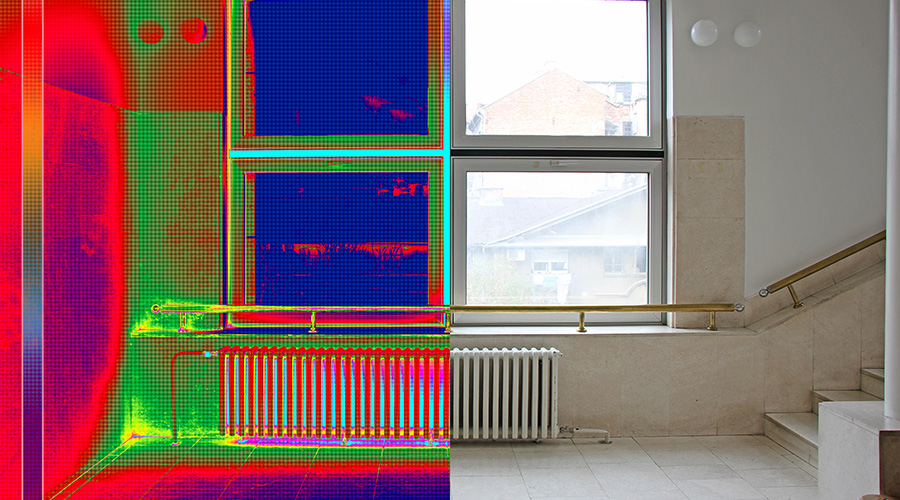OSHA Standard Requires Annual Hazmat Training
Among the most pressing issues for maintenance and engineering managers is providing the right type and amount of safety training for front-line technicians servicing electrical and HVAC systems and related equipment. These workers are exposed to some obvious and not-so-obvious hazards that trigger training requirements for regulatory compliance.
The U.S. Occupational Safety and Health Administration (OSHA) requires managers to instruct each technician in recognizing and avoiding unsafe conditions, as well as in the regulations applicable to the work environment to control hazards and other exposure to illness or injury.
Managers need to pay particular attention to several core OSHA training requirements that affect most, if not all, maintenance workers. Compliance with training requirements helps protect technicians’ lives, and it helps organizations hold down costs from fines and medical bills.
The Right to Know
The most cited OSHA standard in general industry is Standard 1910.1200, which states workers have a right to know about hazardous chemicals in their workplaces.
The standard requires annual training, with specific requirements for annual training on: methods and observations workers can use to detect the presence or release of a hazardous chemical; the physical and health hazards of chemicals in the work area; the measures employees can take to protect themselves from these hazards; and the details of the hazard-communication program developed by the employer, including an explanation of the labeling system and the material safety data sheet (MSDS).
Related Topics:


















